 Sámegillii
Sámegillii  På norsk
På norsk
Articles about Sami school history
Part 26 - printed in Ávvir 04.02.2012
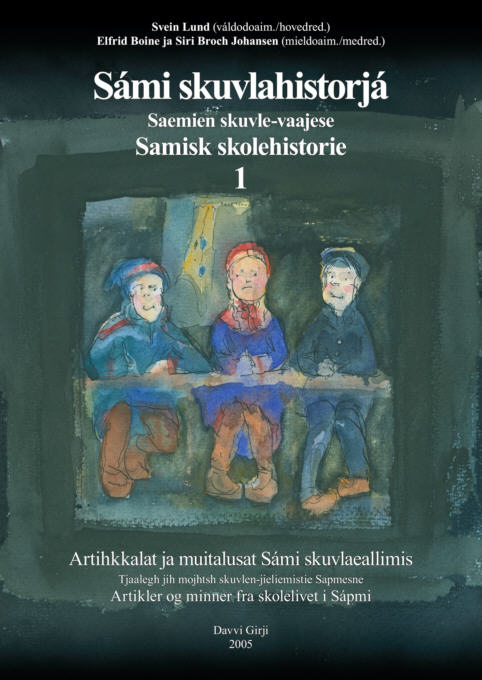 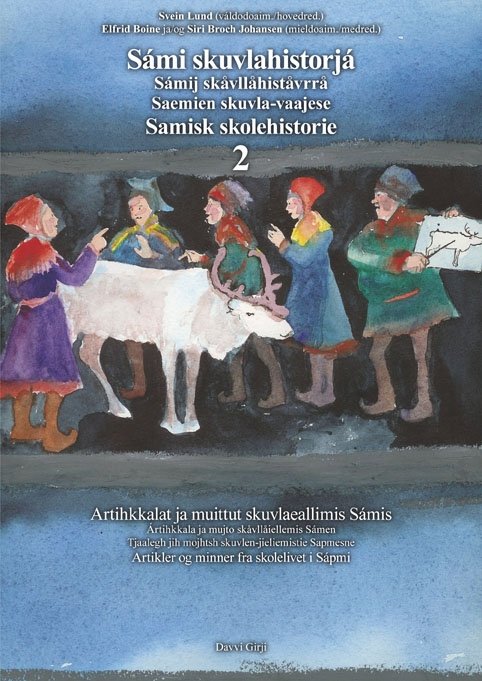 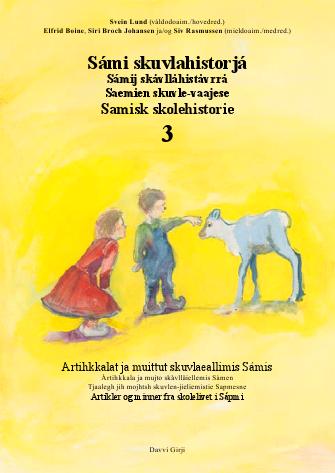 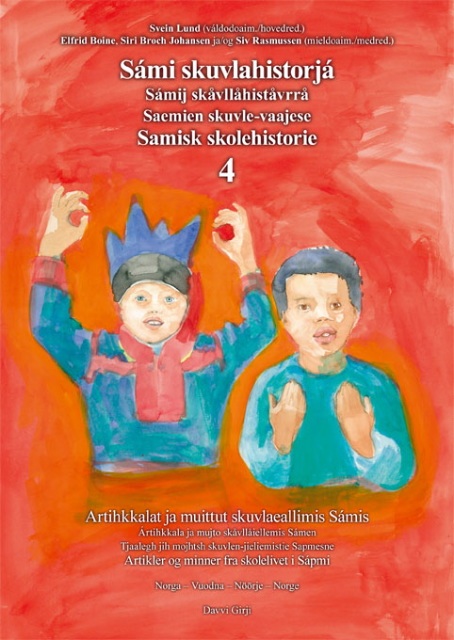 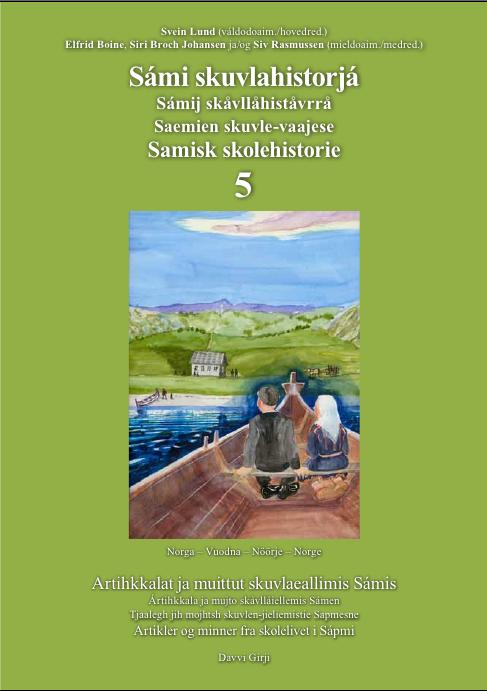
Do you know Sami school history?Sámi skuvlahistorjá / Samisk skolehistorie (Sami School History) is a series of books published by the publishing house Davvi Girji. In about 200 articles in 5 volumes there is told about the experiences of Sami children in Norwegian schools, and about the changes in the educational politics of the Norwegian authorities towards the Sami population. The books are published with parallell text in Sami and Norwegian language.In this web site some of the articles of the first book are also published in English. It would be too much to translate it all, so to make this history available to a greater public, we are translating a series of newspaper articles, which sorted by topics make a summary of stories in the books. So far there are 28 articles published in Sami language by the Sami newspapers Min Áigi and Ávvir. They are also published here in Norwegian and the English version will be published gradually as they are translated. These articles are edited by the main editor, Svein Lund. Besides him the editing board of the book series consist of Elfrid Boine, Siri Broch Johansen and Siv Rasmussen. |
This article is an extract of a longer article in Sami School History 5.
About 2/3 of the population of Finnmark and North-Troms had been evacuated to the south, and scattered in virtually the entire country. In the cities and the fishing villages most people had been evacuated, while on the plains most people had went up to the mountains.
Everyone could not return north straight away after the liberation. Many stayed in the places they had been evacuated to, until the conditions north had resettled more.
Those who had fled to the wilderness naturally did not get any schooling there. They had to wait until the liberation or in many cases even longer before they could get any schooling.
Furtherest east in Finnmark some schools had been kept, and some of them were also running almost regularly in the school year 1944/45.
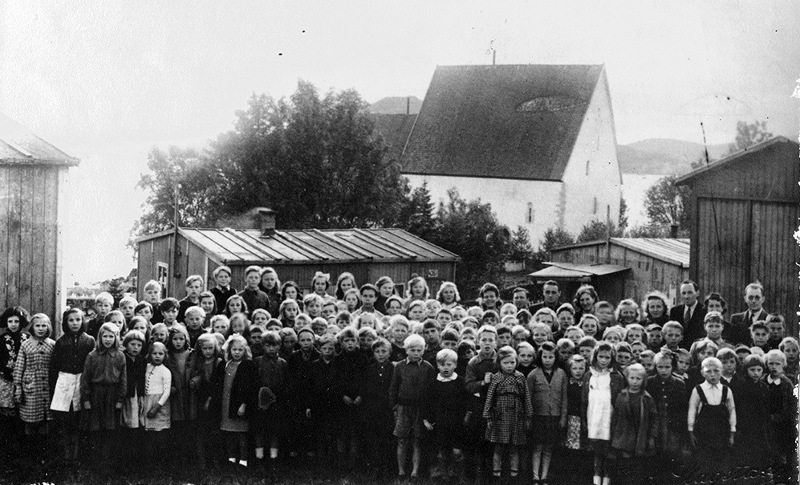 |
School children from Finnmark in the Trondenes camp. (Photo: Bernhard Slagstad / Sør-Troms Museum) |
As so few schools had been started again in the winter 1945–46, fishing boats travelled the coast of Finnmark to bring pupils to Finnfjord. It was not an easy task to gather children from such a wide area, where the reconstruction of houses, quays and telephone connection had barely started. The director of schools had to make the radio read informations about where and when the boat would pick up children for Finnfjord boarding school.
The quality of buildings and equipment in the camps could vary a lot. Finnfjordbotn was probably one of the better ones structurally, as this camp had been constructed for German soliders. Several of the other camps had been constructed as prison camps, and the barracks were very poor. At Sandvikeidet the conditions of the school barracks were so poor that the board of health forbade to use them until they had been renovated. From Trondenes camp the first school headmaster reported that they had a tough struggle to get the school barracks in such a condition that one could teach in them.
Equipment and educational books were scraped together from many sides, and the camp schools were given books for their school book collection from the Teacher's Kirkenes-fund. There was also a great lack of clothes and shoes for the children, and the school inspector wrote to the National help to ask for shoes, socks, wind-jackets, sweaters and breeches for the pupils.
We have learned that the children of compulsory school age in Brenna and Kjæs will be sent to Finsnes for schooling there. This is something which the authorities should not do to our children. At the district meeting 19-1-46 it was passed unanimously to apply to get a school barrack to Brenna. The application was sent to Kistrand municipal education committee, and the application was granted by the education committee. We were promised a barrack for school house. But now we learn that our children will be sent to school in Finsnes in Tromsø county!
At the district meeting of 20/7-46 everybody agreed that none of the parents of the 32 children of compulsory school age will send their children to school in Finsnes. We demand to get a school barrack here, as promised by the municipal authorities. If this can not be taken care of, our children will have to stay at home. We hold on to our previous application, to get a school barrack to Brenna. We assume that the forced evacuation is over now. We have been told that one should take care of the health of the children. But to send the children with a boat or similar, is something which can not bee seen as taking care of their health. Our children are not doing well during such a transport. Our authorities has blamed us, claiming that we have refused to bring the school barrack on shore. But this is not true. We are willing to get a school barrack on shore. As soon as it is sent to Brenna.
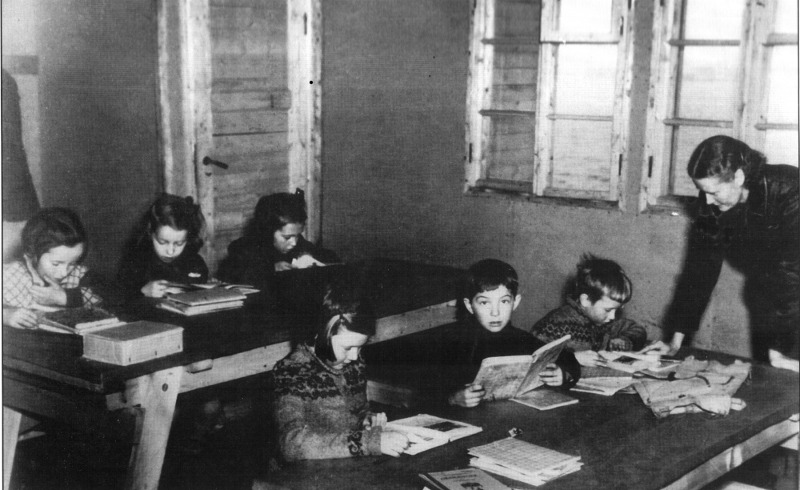 |
School barrack in Fuglenes in Hammerfest, autumn 1945. (Photo: Hammerfest history group's calendar 1996) |
From 1946 on school barracks were set up in many places. Most of the school barracks were put up in a hurry, made of very simple materials and with minimal isolation. The barracks only had regular classrooms, and no laboratories for teaching for instance woodwork, domestic science and physical education. They were only constructed for being temporary solutions, but the time of the barracks would last for longer than most people assumed. In the beginning of 1947 there were constructed or were in construction 70 barracks with 1 to 4 classrooms.
The first new-built permanent school building to be made use of was Loppa school, which was inaugurated 2. December 1950. The first permanent boarding schools were inagurated in Karasjok and Børselv in 1951.
The former inspector of the Finnmark schools in Troms, Harald Lunde, became the director of schools in Finmark in 1951. In the Report on the school system for 1951/52 he writes:
«Of the 9550 children in the primary school in the county, 7550 still have to go to school in barracks, only 2000 can attend school in remaining or newly-built school buildings. Many of the school children in our county have never set foot in a proper school house, and will not do so either during their time in the primary school. The school barracks are in part poor houses.»
According to the director of schools' accounts in the radio 01.06.1955 at the time there were 60 permanent school buildings in use, of which 9 were boarding schools. 17 municipal school buildings and 3 governmental boarding schools were under construction, while the construction of 18 municipal schools and 9 governmental boarding schools still had not started. At least 40 % of the pupils in Finnmark were attending school in barracks more than ten years after the liberation.
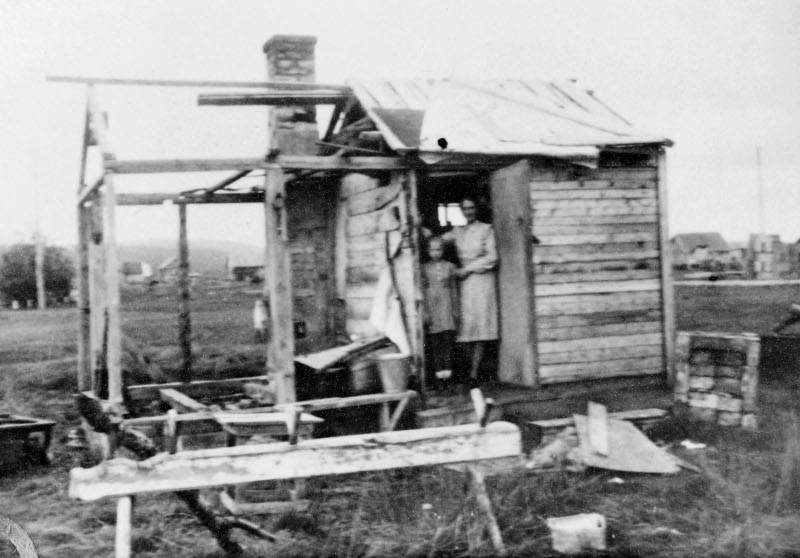 |
Like other people teachers had to be content with primitive housing conditions in the very first post-war period. Anna Mørk is here in her house in Karasjok, where she lived from the summer 1945 and at least to the end of 1946. (Photo: The Finnmark Office / Finnmark library) |
Simultaneous with the reconstruction of the primary school a big development of the offer after the seven mandatory years took place. By 1955 as many as 16 municipalities had introduced the one year continuation school, and half of them had made this year mandatory. The number of "realskoler" had increased from three to ten, and two upper secondary schools and three vocational schools had been started. The state school for fish industry in Vardø was reconstructed, and the state fishermens school was started in Honningsvåg. All of the three folk high schools in the county were reconstructed.
The evacuation had a norwegianizing effect, as the evacuated Sami and Kven learned a more correct Norwegian and in that time many switched to talking Norwegian with their children. The function of the school as institution of norwegianization after the war was not so clearly stated anymore, as there was not so eager norwegianizers in the position of director of schools anymore. But the content of the school was not changed. The fact that the language and culture of the school was Norwegian was so established that few questioned it. And when some still did, far from everyone wanted to see any change.
Here you find all the articles in the series:
28.09.2007 Why Sami school history?
05.10.2007 Boundless ignorance
12.10.2007 Southerner-teachers encounter the Sami language
19.10.2007 The start of Sami beginner instruction
26.10.2007 The start of education in reindeer-herding
02.11.2007 From Sami to Norwegian vocational training
16.11.2007 Struggle for Sami gymnasium
28.11.2007 School experiences of Norwegian speaking Samis
14.12.2007 Resistence against Sami language and culture
25.01.2008 A strange world
23.05.2009 On Sami teachers
30.05.2009 Life in boarding school
06.06.2009 Sami pupils were bullied
13.06.2009 Sami content in the teaching
20.06.2009 Pupil as interpreter
04.07.2009 How the children quit speaking Sami
10.09.2010 God does not understand Sami
08.10.2010 The point of view of the Norwegianizers
13.10.2010 Men of the church defending the Sami language
02.12.2010 Sami teachers in old times
09.12.2010 Boarding school life in old times
18.12.2010 Sami pupils in special schools
14.01.2012 The parents' struggle for Sami education
21.01.2012 Reluctance and absence
28.01.2012 The school during the war
04.02.2012 Reconstruction and barrack schools
11.02.2012 Curriculums - for Norwegianization and for Sami school
18.02.2012 The great struggle of the curriculum
Sami school history 1
Sami school history 2
Sami school history 3
Sami school history 4
Sami school history 5
Sami school history - main page